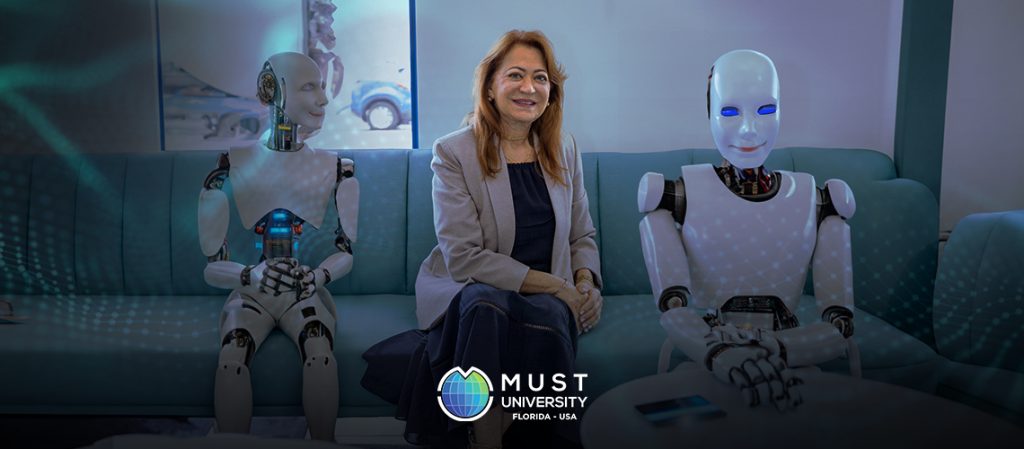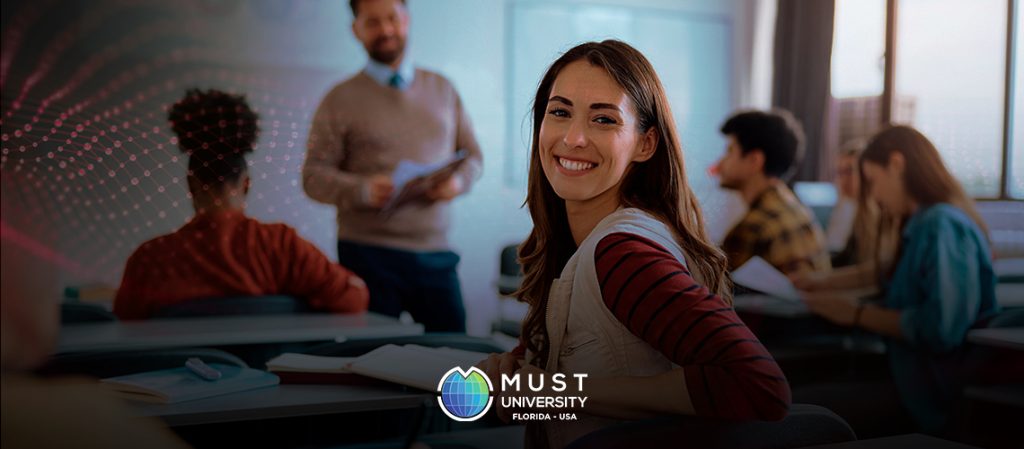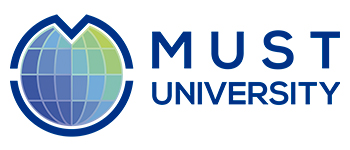The entire academic community awaits official guidance for resuming activities, not knowing for sure how it will be.
What we do know is that educational institutions must obey safety protocols, such as the presence of only a percentage of enrolled students. In other words, flexibilization will be authorized, but not with 100% of students, gradually and we still do not know what the end of the 2020 school year and the beginning of the 2021 school will be like.
This situation can be a problem for school management at the time of (re) planning pedagogical activities, but on the other hand, the solution pointed out, again comes with digital technologies: Blended Learning (mixed learning), also called hybrid teaching , which combines face-to-face activities and distance educational activities, carried out using new information and communication technologies (NTDIC).
How will it be from now on?
We can say that the year 2020 will be a milestone for education, as we have started a forced advance with regard to education mediated by digital technologies and adaptation to a new model has become essential in a scenario in which schools closed the face-to-face assistance during the pandemic period.
An opportunity to think and plan education with new digital tools to teach and learn in an interactive, collaborative and engaging way, putting everyone in the same discussion in favor of continuing to offer education.
During the pandemic with the substitution of classroom classes for distance classes, we are not sure if it was more challenging for the student or the teacher. All this atypical situation showed a great challenge for education as a whole, especially for the teacher who was at the forefront in many situations of remote education, feeling the weight of being innovative, creative and technological.
The teacher in the transformation processes.
Many teachers had to deal, for the first time, with digital tools to communicate and teach without having been previously prepared to work with technology and, therefore, in many cases, insecurity predominated, not in terms of its content, but in the form and method to apply that content remotely.
In this sense, it is necessary and urgent that public and private sector administrations support teachers, offering training actions for new skills that require digital teaching and investing in infrastructure and technologies, such as in Virtual Learning Environments (VLE) ).
Feedback and constant monitoring of school managers.
In addition, it is essential that school managers have frequent communication with teachers, families and students, to know what is and is not working for their reality and context, as the activities that the student can perform online and in the classroom vary according to the proposal to be implemented, creating different possibilities for this pedagogical approach.
Where can we go?
To conclude, hybrid education through emerging technologies and active methodologies is a path capable of creating a new identity for education both in the present and in the future.
However, we need to emphasize that in order to have the possibility of implementing hybrid education, it is necessary to break the internal barriers of exclusively traditional education.
It is necessary to diversify the strategies and pedagogical activities to enable the student to also become an administrator and manager of the construction of his knowledge, collaborating with colleagues and teachers in the process of on-site or distance learning.




